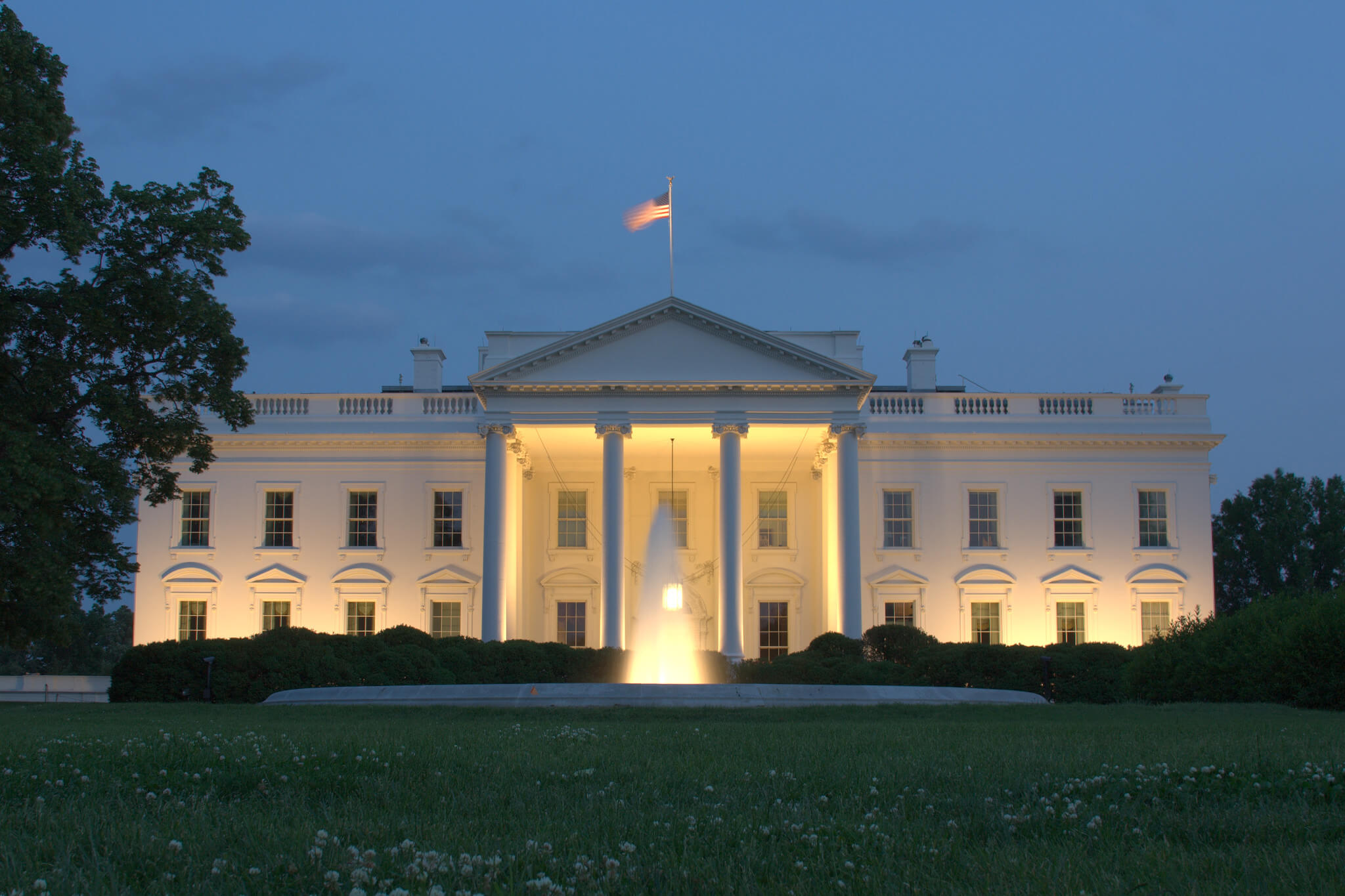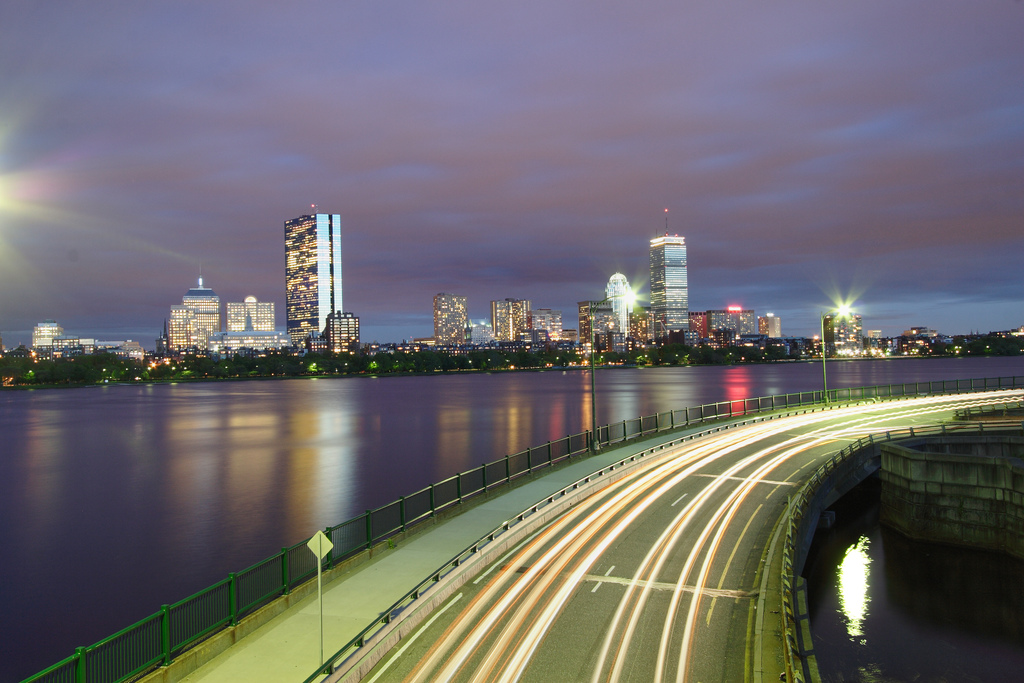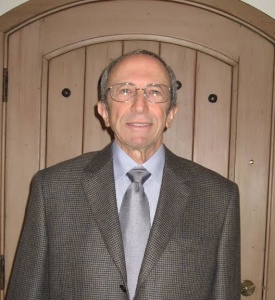You and I live in houses, apartments, coops and condos, and flats. The super-rich — or is it the mega-rich or the ultra-rich? — live in “residences.” Well, they own them and sometimes they take up residence in one of their homes, so maybe the name is appropriate. In real estate speak, if it costs north of $5 million, it is a residence.
I get this not from the Oxford English Dictionary, but from the advertisements in The New York Times for living space in New York City. The city is one of a few places where the incalculably rich want to have a residence. And they shell out big bucks — bucks beyond the dreams of common avarice — to get a pad there.
Other cities where the rich feel at home are London, Monaco and Dubai. There is God Almighty-expensive real estate in Hong Kong and Mumbai (the world’s most expensive), but not all the new billionaires want to live there. They want the best of the West.
The real estate rush comes from the new billionaires. Whereas it was once the super-rich of Europe, known as Eurotrash, who sought the marble and concierge life in Manhattan towers, it is now the unfathomably rich from China, India and Russia who have ushered in a new Gilded Age with more wealth than Americans of the Gilded Age before World War I ever could have dreamed as they journeyed between Fifth or Park avenues and Newport, RI. Call them “Globotrash” — and watch them push up prices for everyone, as real estate moguls buy old buildings in Manhattan and demolish them to build luxury towers that rise higher than 90 floors.
Central London has gone, as far as ordinary Londoners are concerned. They have to commute further and further to work in the neighborhoods where they once lived. New York City is not much better: the Globotrash push out the middle class and the poor.
The skyline of Manhattan tells this new Gilded Age story: booming construction of spindly glass towers, so thin they seem even higher than their very real height.
Look in awe at 432 Park Avenue, the luxury condo which stands at 1,396 feet, slightly taller than One World Trade Center. Or the stunning new residence, One57: It rises to 90 floors with prices from a paltry $6 million for a one-bedroom to a penthouse for a god at $94 million. Now, we are talking residence.
The principal selling point for these pieces of fanciful engineering is that you get a view of Central Park. It is all, apparently about, privacy and views. Well, Central Park is nice to look at, but it is not one of the wonders of the world.
As for privacy, wait a minute. While you might want to take in the views of Manhattan as you soak in one of the grand bathrooms’ Carrara marble tubs, and then emerge in the buff to get another look at the views, for which you have paid so extravagantly, you had better watch out. I hear the paparazzi are getting camera-equipped drones. You see the park, and their cameras see you.
One57 has some of the best blue-veined marble ever quarried in Italy. In fact, there is so much of it in the building that an imaginative lawyer might be able to claim that it is a territorial extension of Italy. A part of Italy on Manhattan Island, Mamma mia!
And as the Globotrash are not known for their kitchen skills, it will be again up to the imagination of New York City to get another iconic Italian product, pizza, up there.









